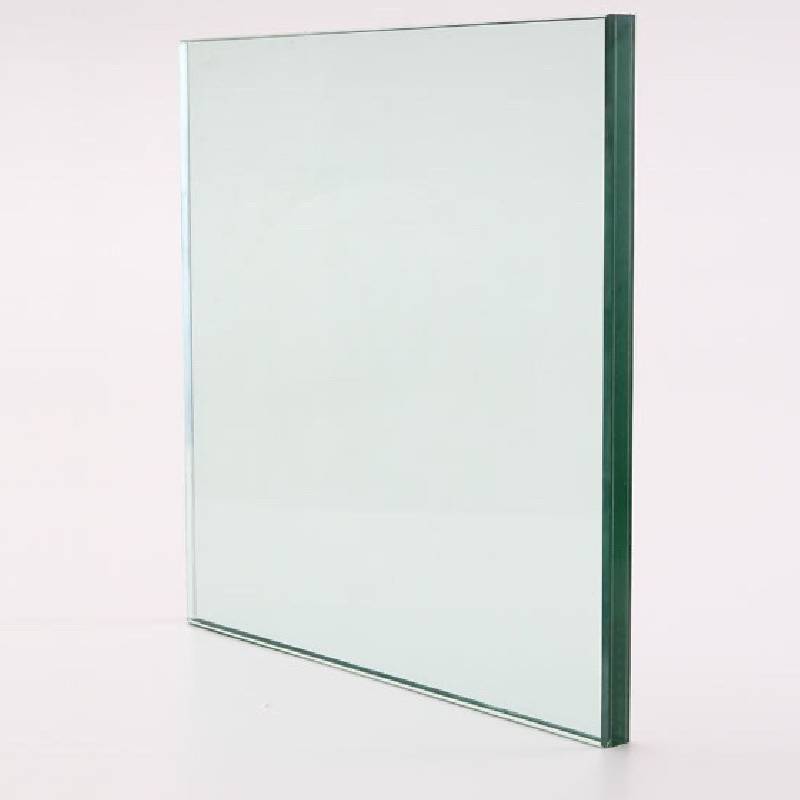The Process of Making Toughened Glass
Toughened glass, also known as tempered glass, is a remarkable material that has gained significant popularity in various applications, including architecture, automotive, and household products. The strength and safety of toughened glass are attributed to a meticulous manufacturing process that transforms ordinary glass into a durable and resilient material. This article will explore the process of making toughened glass, highlighting the key steps involved.
The journey of toughened glass begins with the selection of high-quality raw materials. Typically, silica sand, soda ash, and limestone are combined to create the glass melt. This mixture is heated in a furnace at temperatures reaching approximately 1,700 degrees Fahrenheit (about 926 degrees Celsius). During this melting phase, impurities are removed, and the glass is transformed into a molten state.
Once the glass is fully melted, it is then shaped into the desired form. This can be done using various techniques, such as blowing, pressing, or casting, depending on the intended application of the glass. After shaping, the glass undergoes a cooling process known as annealing, where it is gradually cooled to relieve internal stresses. However, standard glass is relatively fragile and can break easily under stress.
process of making toughened glass
To enhance its strength, the glass must go through the toughening process, which consists of heating and rapid cooling. The shaped glass is reintroduced into a furnace and heated to around 1,200 degrees Fahrenheit (about 649 degrees Celsius). This phase aims to bring the glass to a temperature where it reaches its plastic state. Once adequately heated, the glass is instantly cooled using jets of cold air, a technique known as quenching.
This rapid cooling process creates compressive stresses on the surface of the glass while maintaining tensile stresses in the interior. This unique stress distribution significantly increases the glass's strength, making it approximately five to six times stronger than untreated glass. Moreover, in the event of breakage, toughened glass shatters into small, blunt pieces instead of sharp shards, enhancing safety.
After the toughening process, the glass undergoes rigorous quality control checks to ensure its strength and safety standards are met. Any flaws or irregularities are detected and corrected, ensuring the final product adheres to industry specifications. Once approved, the toughened glass is ready for distribution and installation.
In summary, the process of making toughened glass is a fascinating blend of art and science. Through careful selection of materials, precise heating and cooling techniques, and stringent quality control, manufacturers produce a glass that is not only aesthetically pleasing but also incredibly strong and safe. As technology advances, the demand for toughened glass continues to grow, paving the way for innovative applications in modern architecture and design. This robust material not only enhances the beauty of buildings and vehicles but also contributes significantly to safety, making it an integral component of contemporary life.
 Afrikaans
Afrikaans  Albanian
Albanian  Amharic
Amharic  Arabic
Arabic  Armenian
Armenian  Azerbaijani
Azerbaijani  Basque
Basque  Belarusian
Belarusian  Bengali
Bengali  Bosnian
Bosnian  Bulgarian
Bulgarian  Catalan
Catalan  Cebuano
Cebuano  Corsican
Corsican  Croatian
Croatian  Czech
Czech  Danish
Danish  Dutch
Dutch  English
English  Esperanto
Esperanto  Estonian
Estonian  Finnish
Finnish  French
French  Frisian
Frisian  Galician
Galician  Georgian
Georgian  German
German  Greek
Greek  Gujarati
Gujarati  Haitian Creole
Haitian Creole  hausa
hausa  hawaiian
hawaiian  Hebrew
Hebrew  Hindi
Hindi  Miao
Miao  Hungarian
Hungarian  Icelandic
Icelandic  igbo
igbo  Indonesian
Indonesian  irish
irish  Italian
Italian  Japanese
Japanese  Javanese
Javanese  Kannada
Kannada  kazakh
kazakh  Khmer
Khmer  Rwandese
Rwandese  Korean
Korean  Kurdish
Kurdish  Kyrgyz
Kyrgyz  Lao
Lao  Latin
Latin  Latvian
Latvian  Lithuanian
Lithuanian  Luxembourgish
Luxembourgish  Macedonian
Macedonian  Malgashi
Malgashi  Malay
Malay  Malayalam
Malayalam  Maltese
Maltese  Maori
Maori  Marathi
Marathi  Mongolian
Mongolian  Myanmar
Myanmar  Nepali
Nepali  Norwegian
Norwegian  Norwegian
Norwegian  Occitan
Occitan  Pashto
Pashto  Persian
Persian  Polish
Polish  Portuguese
Portuguese  Punjabi
Punjabi  Romanian
Romanian  Russian
Russian  Samoan
Samoan  Scottish Gaelic
Scottish Gaelic  Serbian
Serbian  Sesotho
Sesotho  Shona
Shona  Sindhi
Sindhi  Sinhala
Sinhala  Slovak
Slovak  Slovenian
Slovenian  Somali
Somali  Spanish
Spanish  Sundanese
Sundanese  Swahili
Swahili  Swedish
Swedish  Tagalog
Tagalog  Tajik
Tajik  Tamil
Tamil  Tatar
Tatar  Telugu
Telugu  Thai
Thai  Turkish
Turkish  Turkmen
Turkmen  Ukrainian
Ukrainian  Urdu
Urdu  Uighur
Uighur  Uzbek
Uzbek  Vietnamese
Vietnamese  Welsh
Welsh  Bantu
Bantu  Yiddish
Yiddish  Yoruba
Yoruba  Zulu
Zulu 

